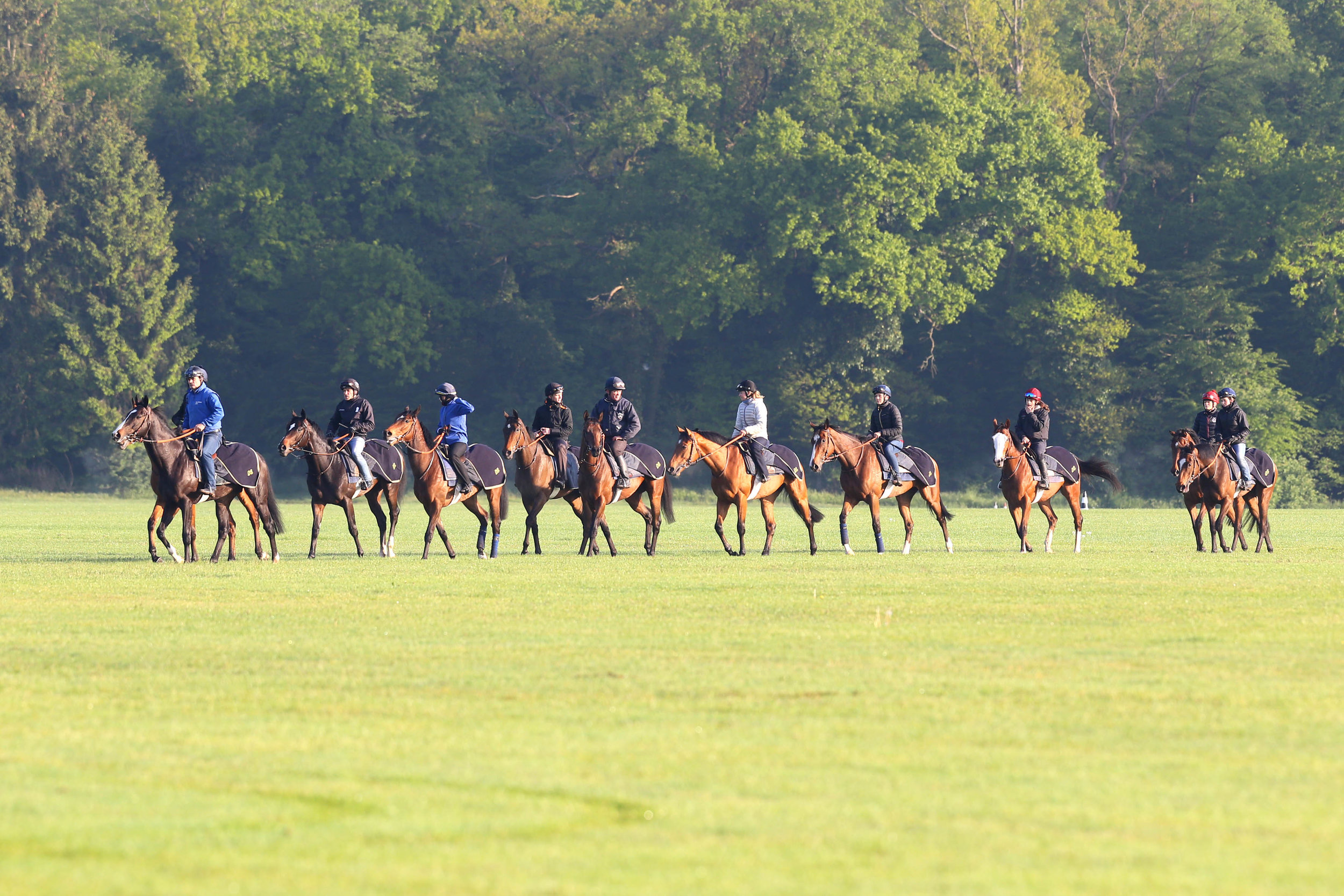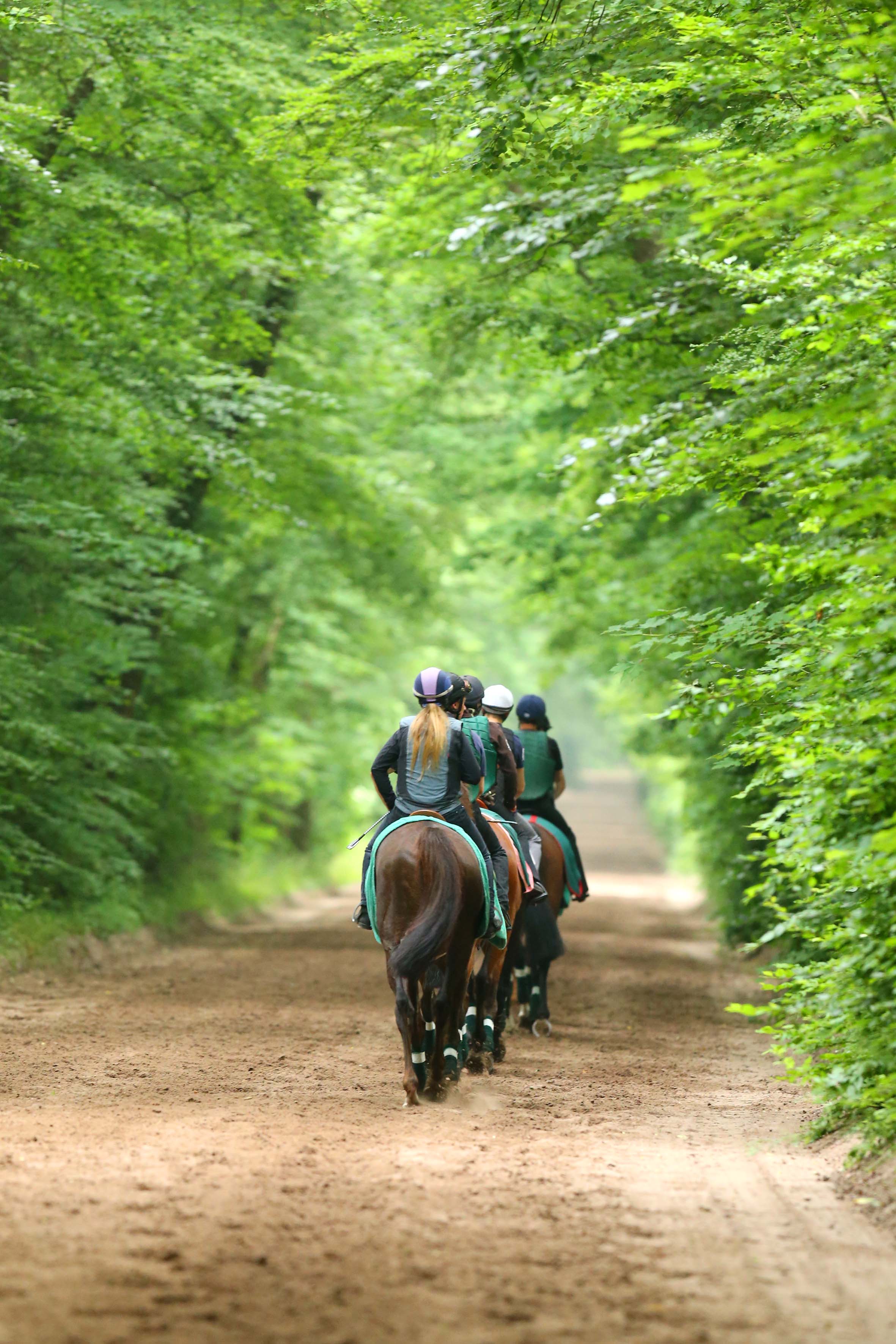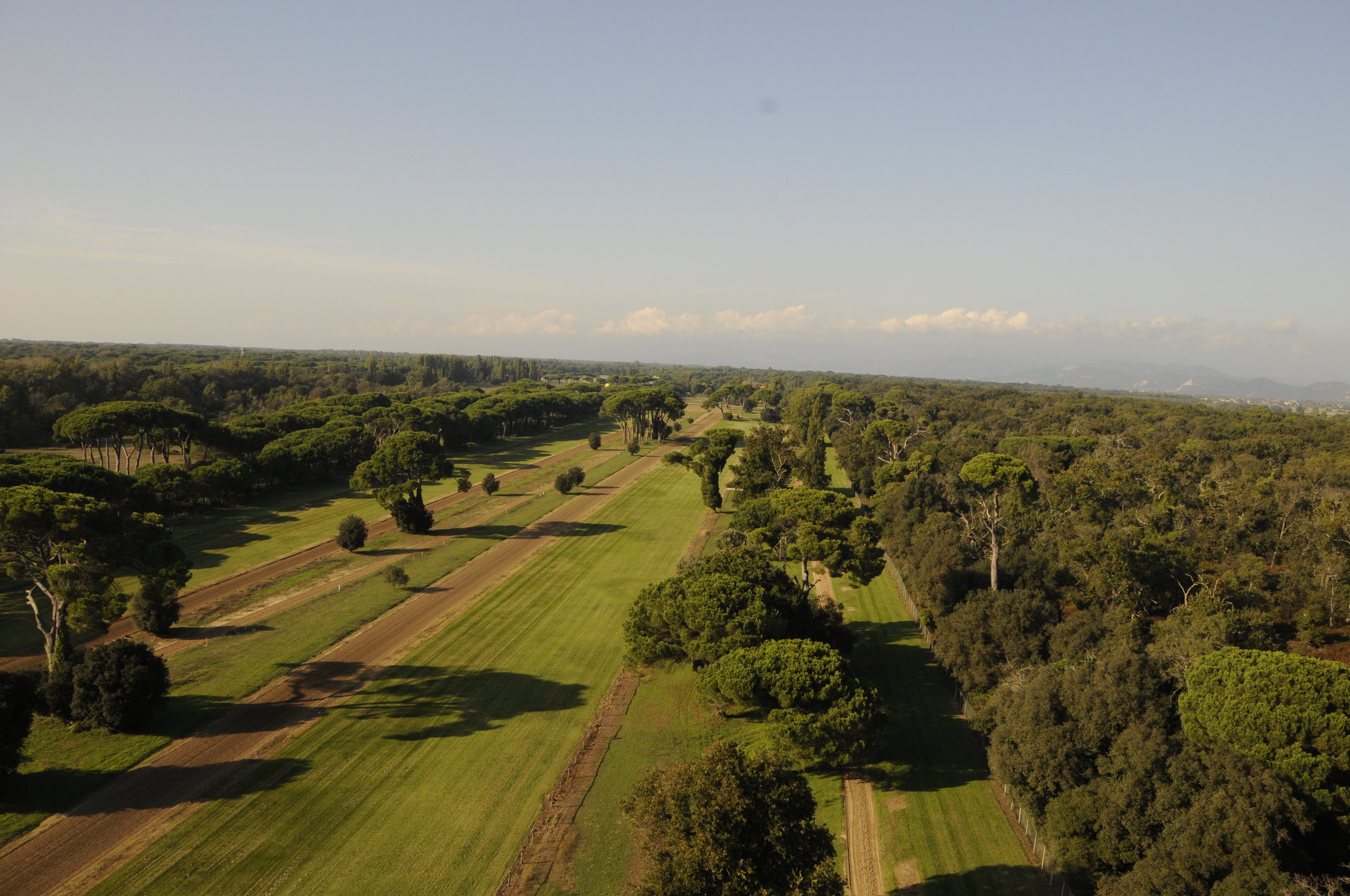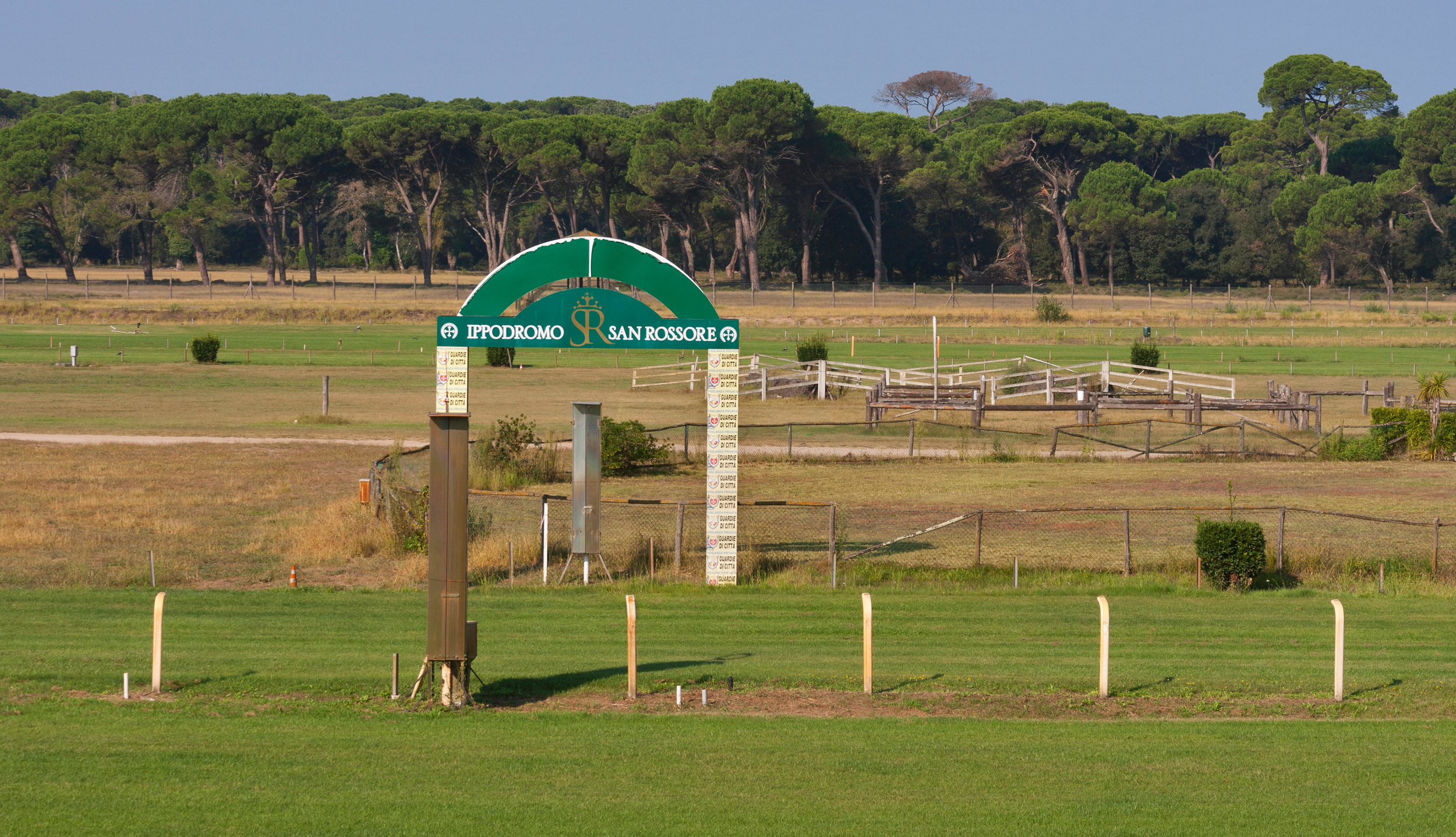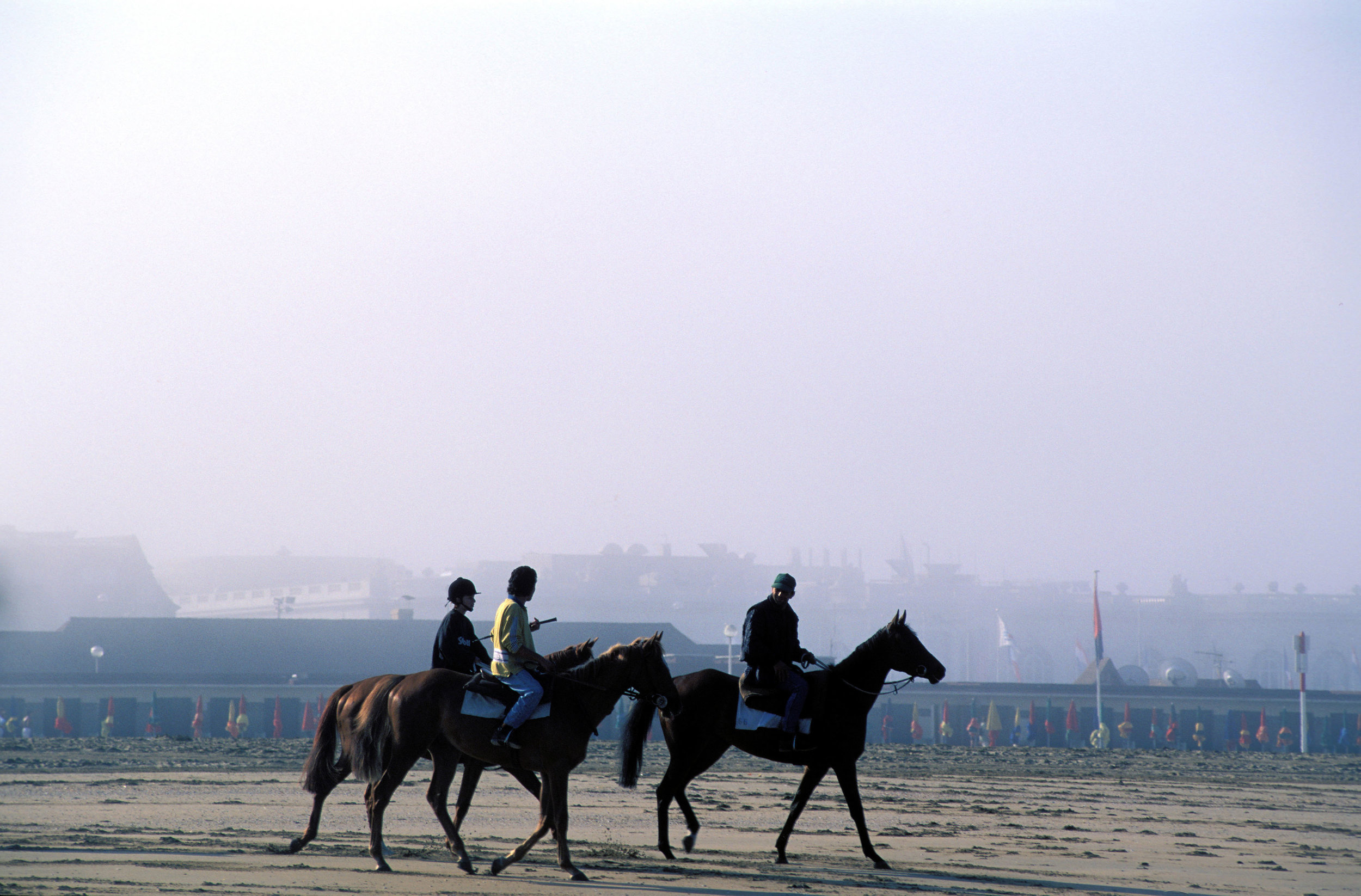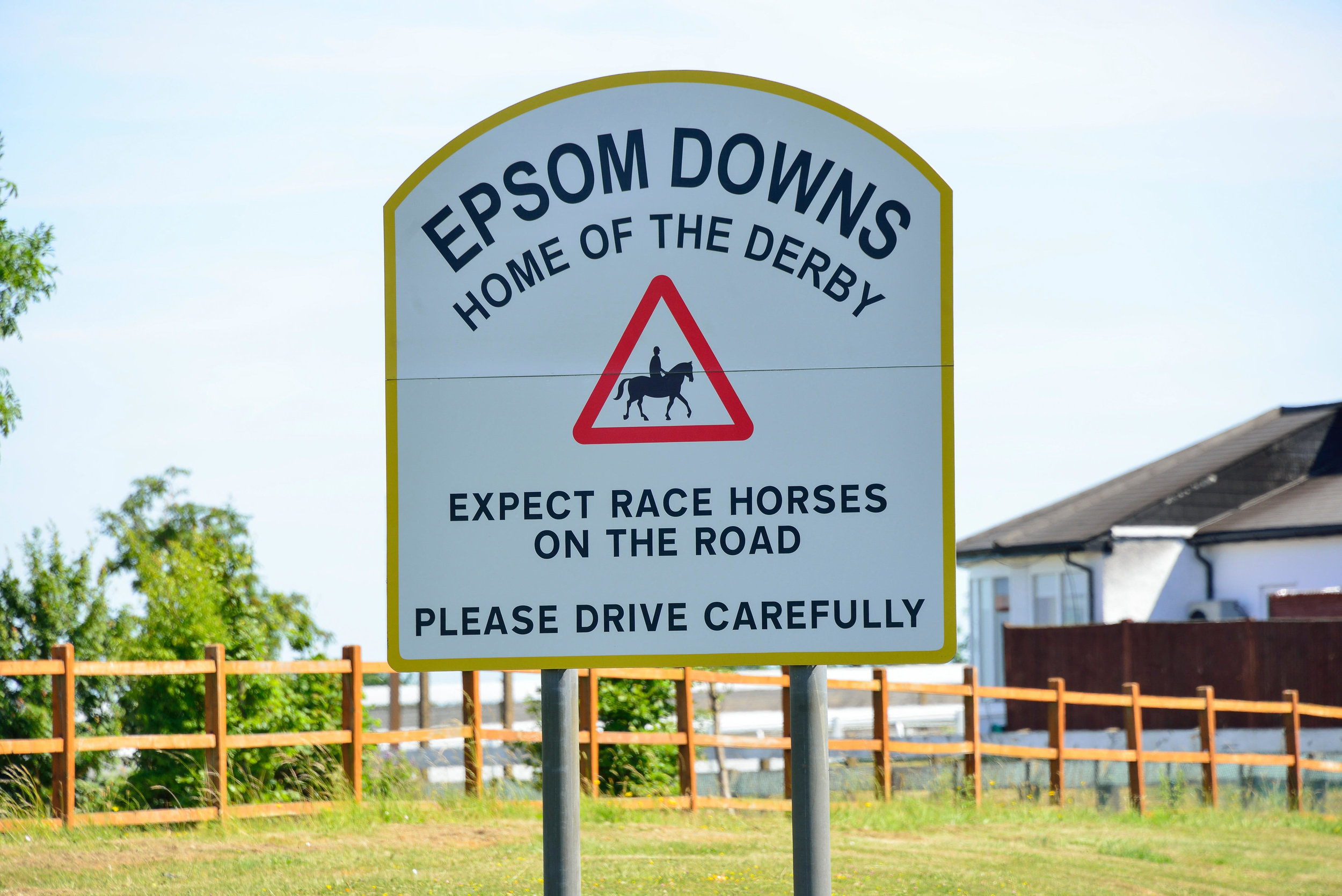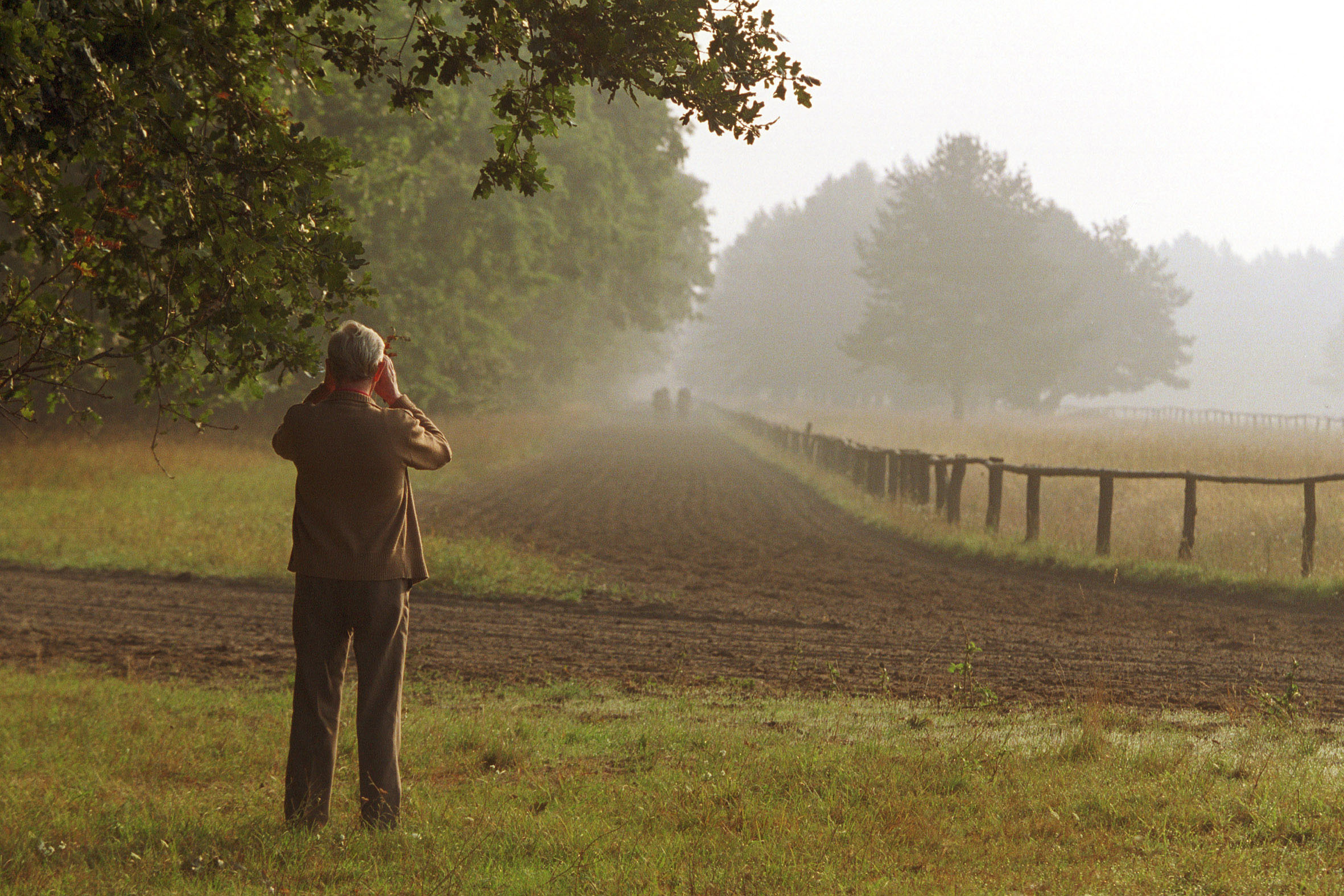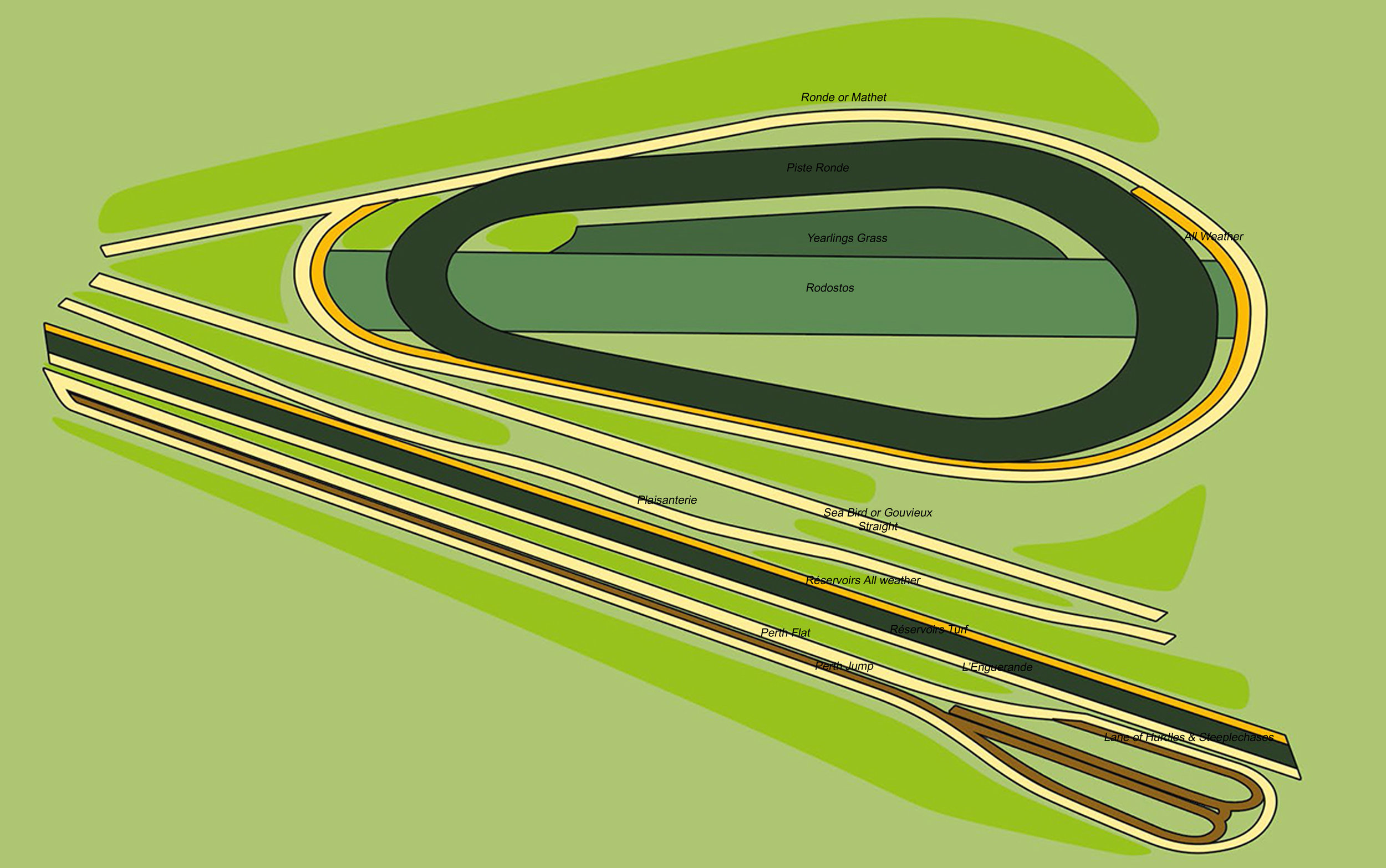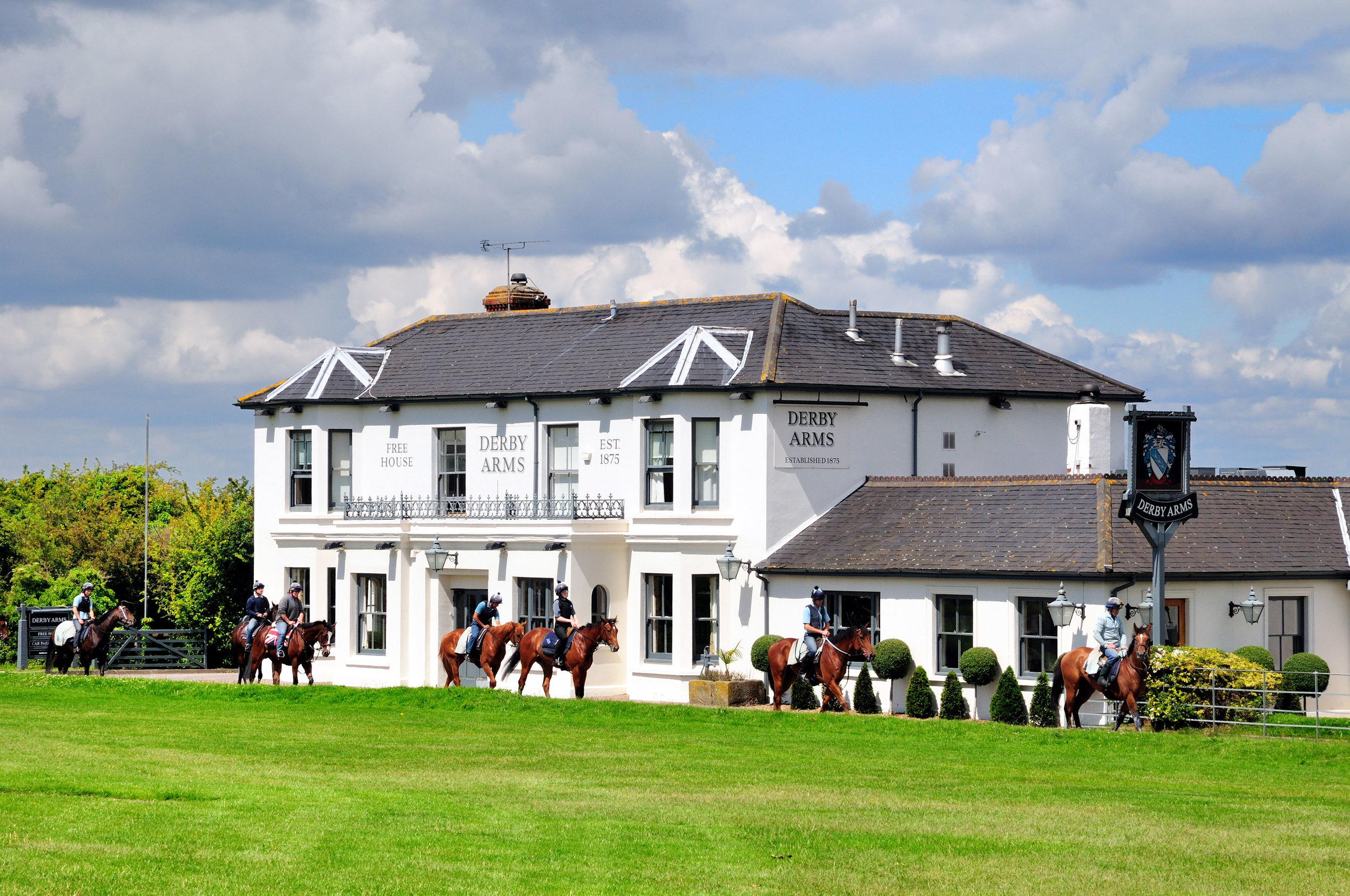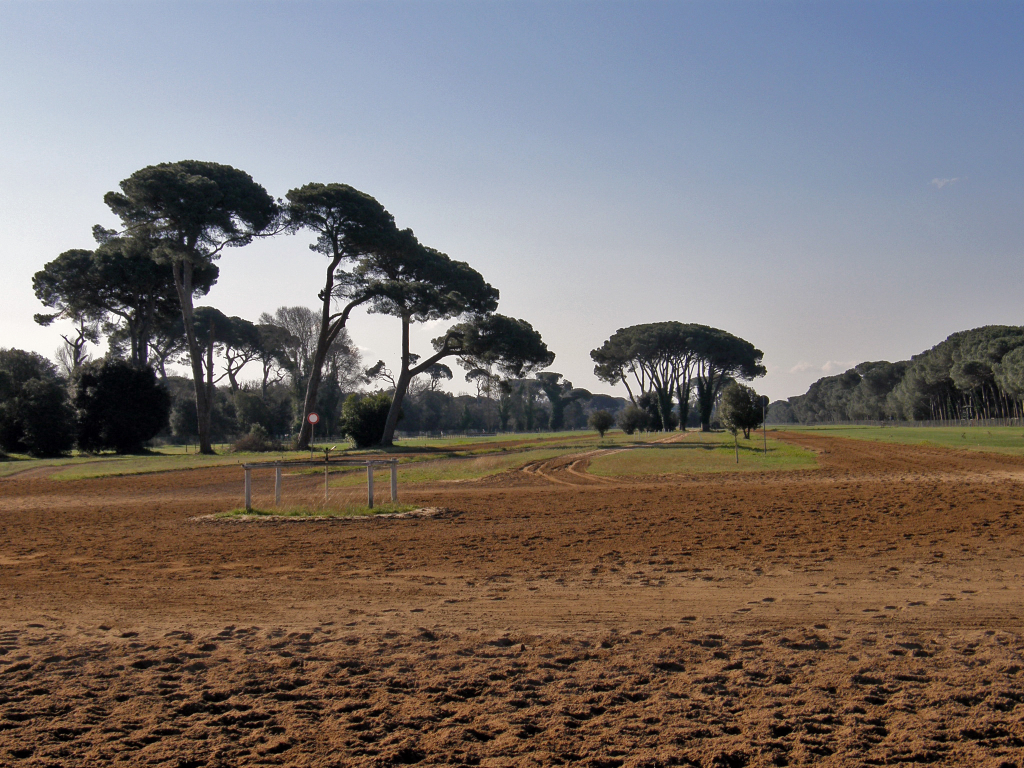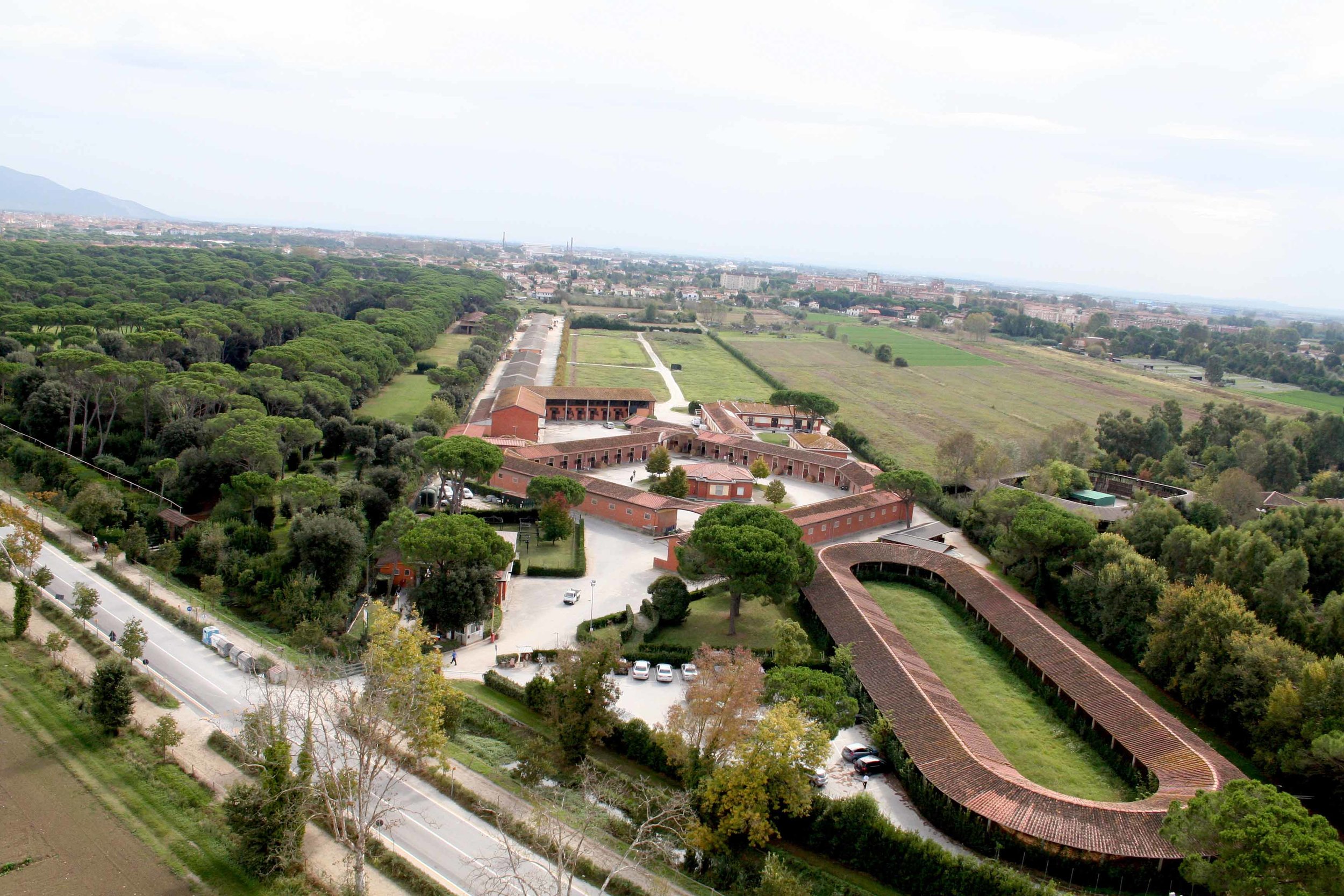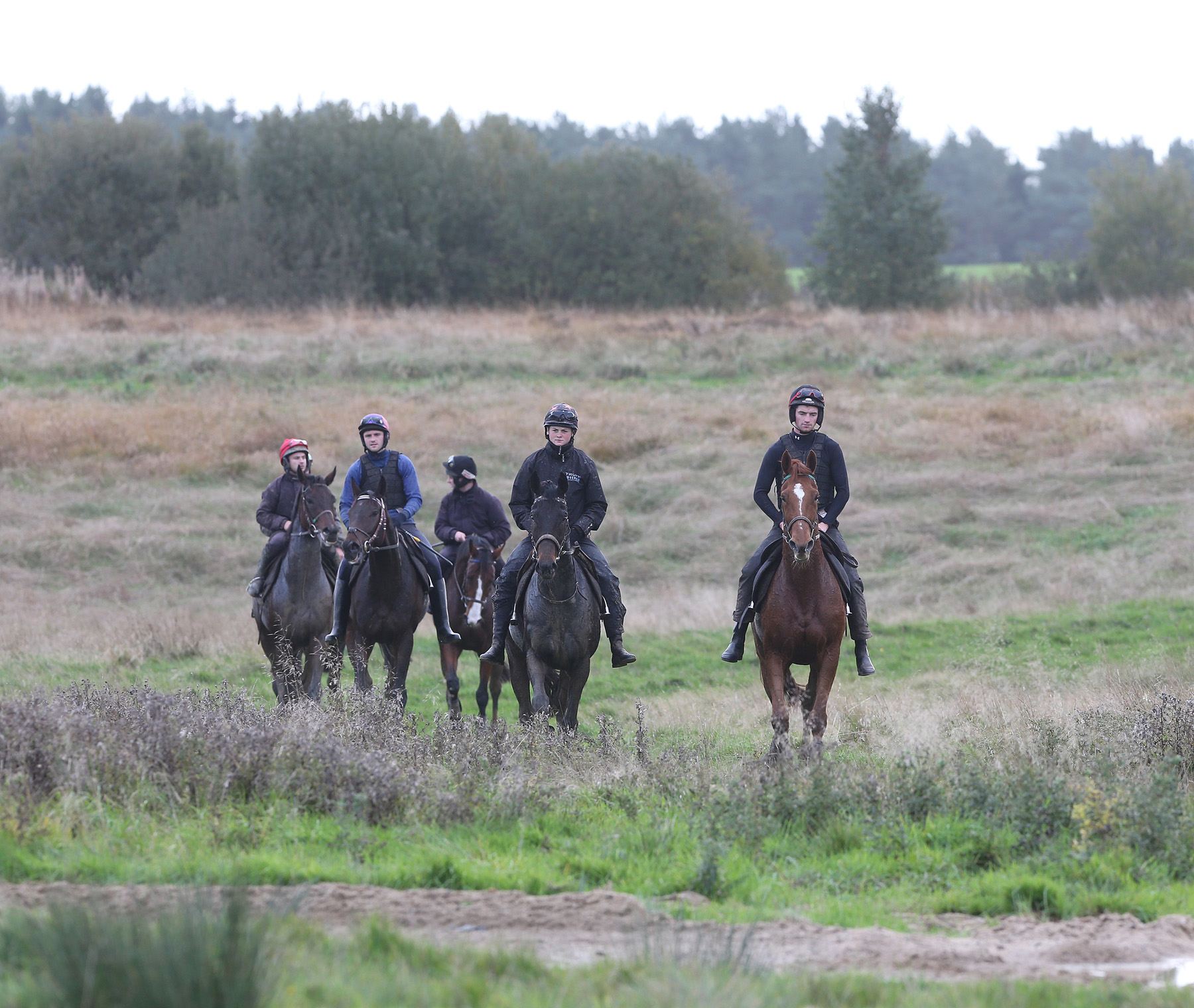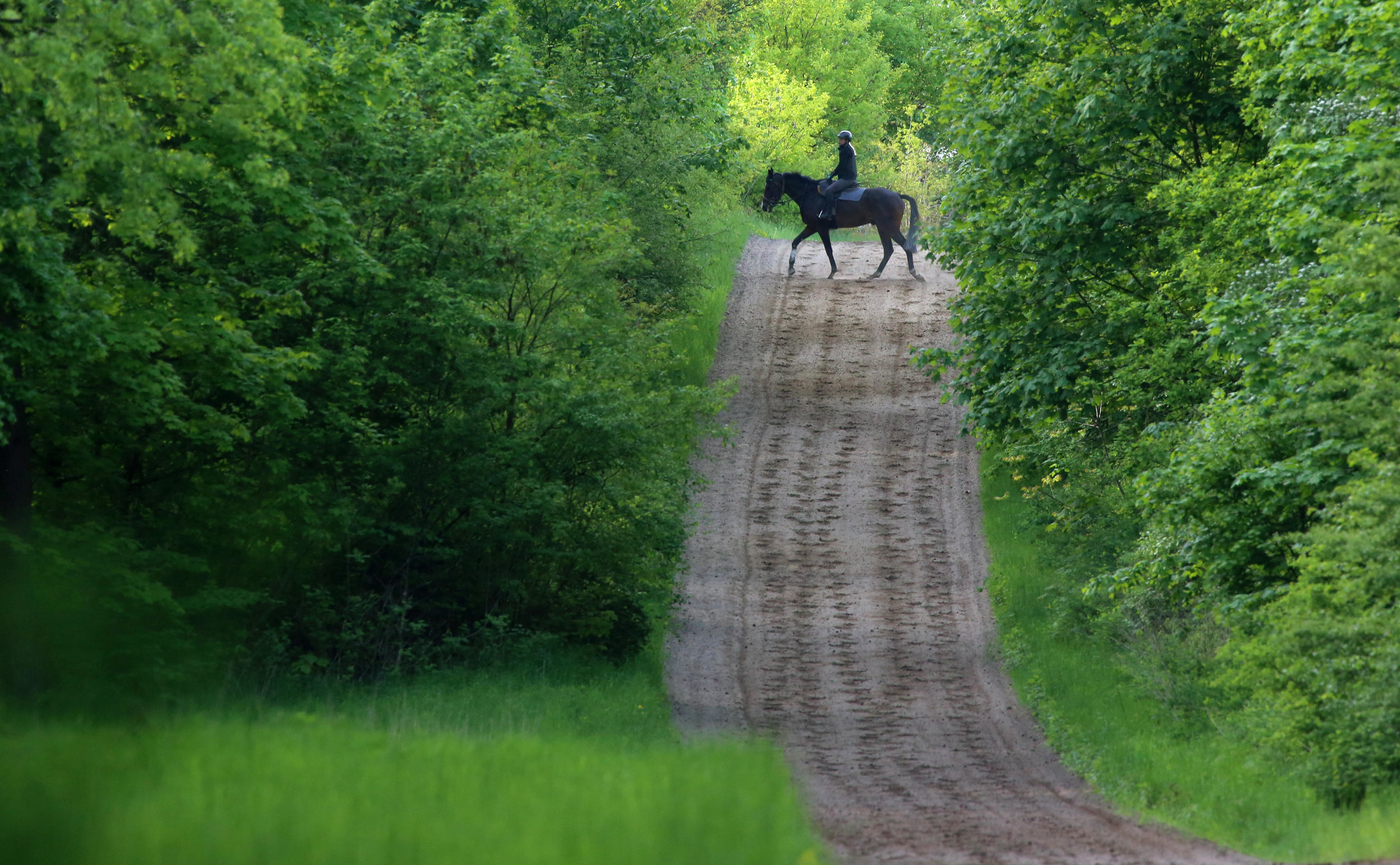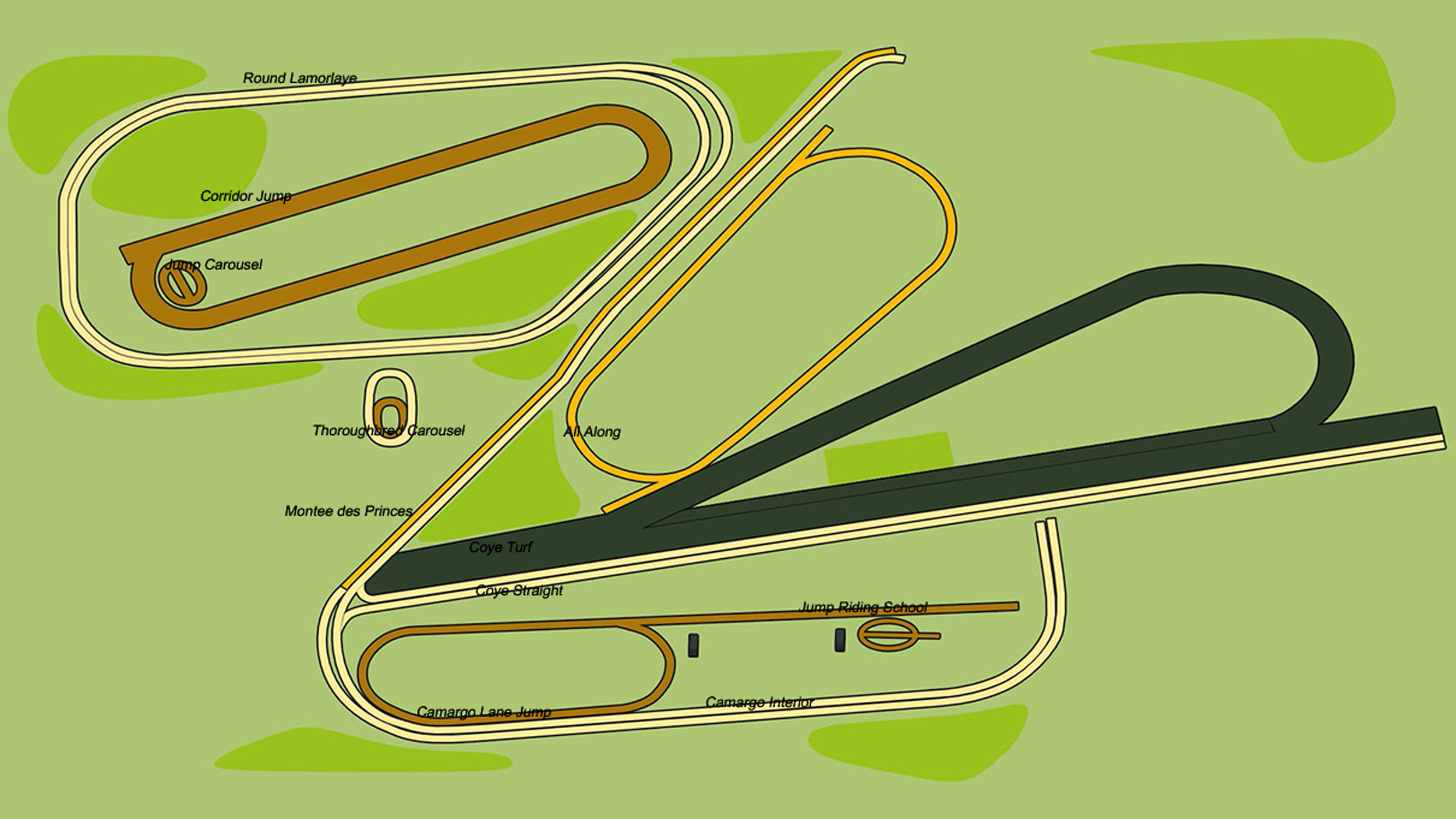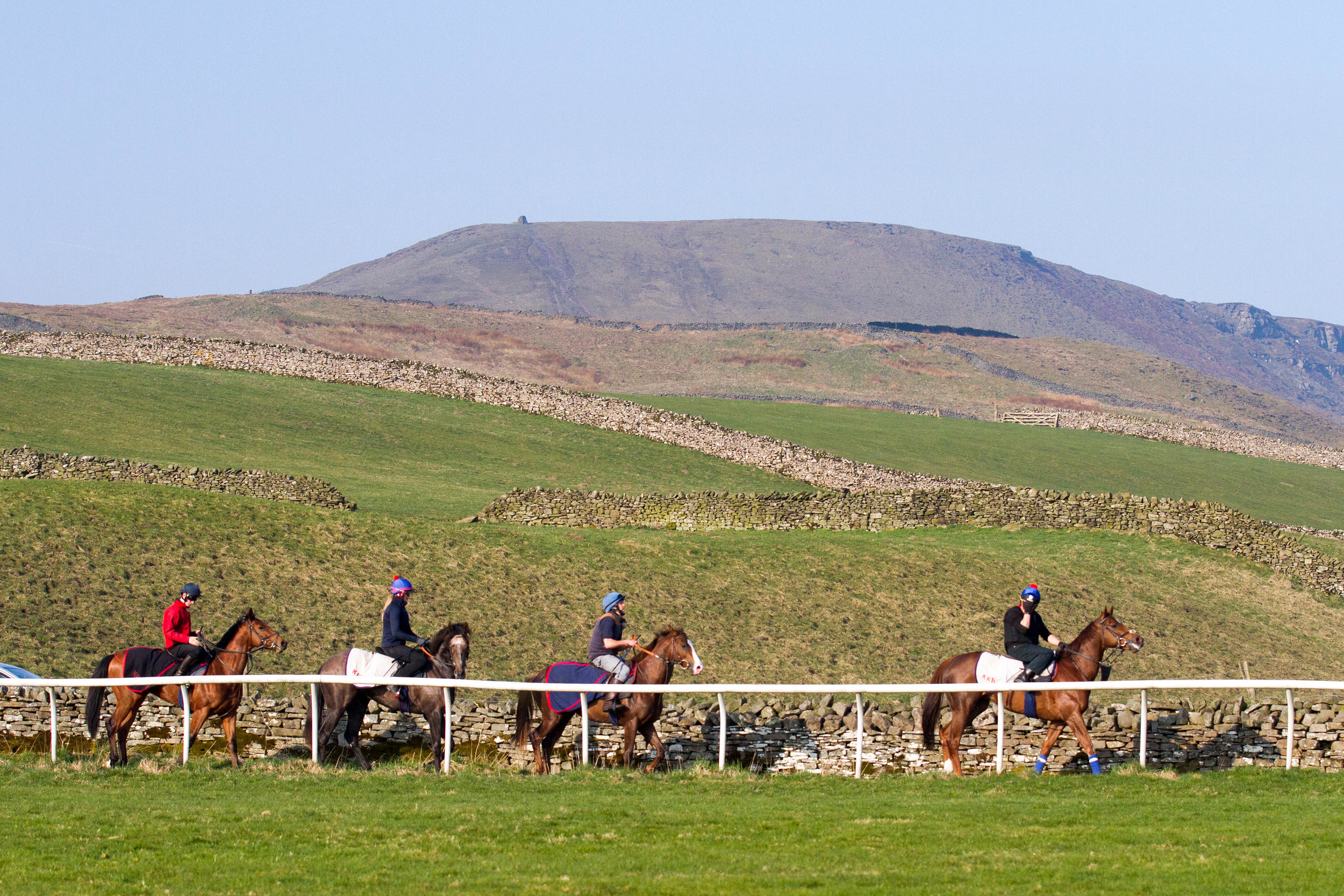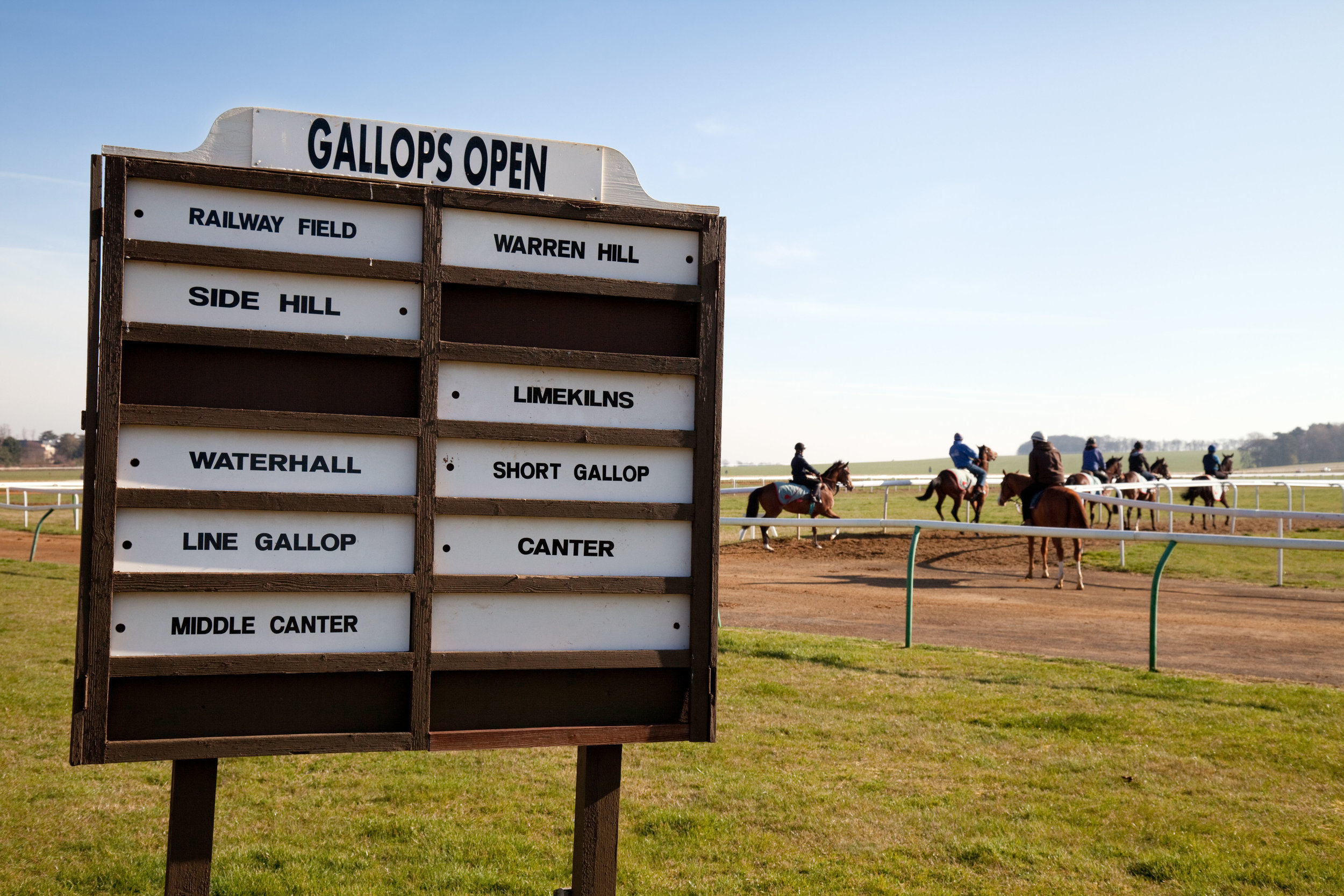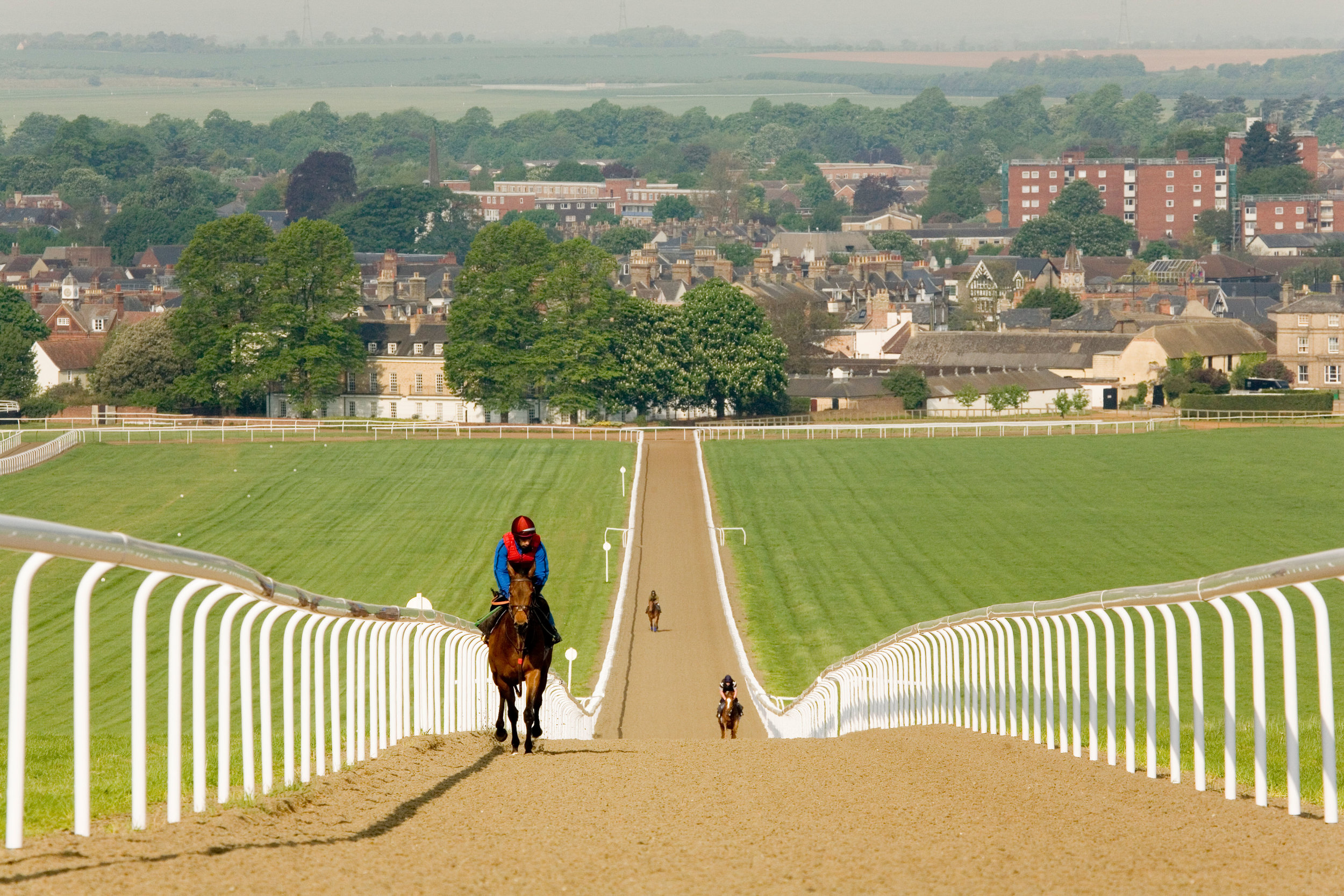Trainer Profile - Harry Whittington
By Alysen Miller
Photo credits - Georgina Preston
“I actually had no aspirations to be a trainer whatsoever,” confides Harry Whittington five minutes into our interview. The affable Lambourn trainer has already ridden two lots by the time I place my iPhone down on the table in his office: a modern, Scandi-style building perched on the highest point of the Berkshire Downs with commanding views over the Valley of the Racehorse, whose Hygge aesthetic is burnished by a wood-burning fire that he periodically gets up to stoke. Such a statement may seem like false modesty coming from a Gp1-winning trainer who is generally regarded as one of National Hunt’s brightest up-and-coming stars; however, it is already abundantly clear from having spent the morning on the gallops with Whittington that there is nothing false at all about his modesty, or his ambition.
Now in his seventh season as a fully-fledged trainer, the 35-year-old cannot deny that he has racing in his blood. His grandfather was legendary Lambourn horseman Colin Nash, a successful Point-to-Point and Hunter Chase trainer who is famous for giving Richard Dunwoody his first winner. Whittington himself was actually born on the yard where he now trains.
“Mum and Dad have been here since ‘74, when they got married,” he explains. “There was never a yard here, but we grew up riding ponies, hunting, team chasing. We did it all as kids.” Whittington always knew he was going to make horses his career: “I’ve got a brother and sister, and they have the brains,” he says, again without a hint of false modesty. “I didn’t have the brains, but luckily I had the horsemanship skills.” After school, he decamped to Australia, where he worked on cattle stations, breaking in wild brumbies. “I loved it out there, but I missed our winters,” he deadpans, adding a log to the fire. “I was 23 when I came back, and I decided I wanted to break in horses in Lambourn because I grew up here and I thought, ‘maybe one day if I could set up a yard here at home, I could do a business of breaking in and pre-training and that there would be a good market for it because I’m in the right spot.’” It was David Arbuthnot for whom he was riding out at the time who advised Whittington to go work for someone else first, to gain experience and learn the ropes. A chance encounter in the local pub led to finding his way to top pre-trainer and consigner Malcom Bastard.
“He was a phenomenal man to work for,” says Whittington, not attempting to disguise the glint of admiration in his eye. “He was hard on me but very good to me as well. The harder the job, the harder the task master, the more appealing it is to me. I think you learn more from people like that.”
Aside from the 4.30am starts, one of the perks of working for Bastard was the opportunity to attend yearling sales all over Europe and North America. This allowed Whittington to develop an eye for selecting quality bloodstock—a skill that would prove pivotal in his subsequent career as a trainer.
“I learnt from Malcolm all about pedigrees and conformation, what you can and can’t train.”
Whittington eventually rose to become Bastard’s assistant, before deciding the time was right to strike out on his own. In 2007, Whittington set up his own breaking-in and pre-training business at Hill Barn Stables. His main clients were Tom Dascombe and Nicky Henderson. Eventually, Dascombe would move to Cheshire to train for Michael Owen, but it is Lambourn neighbour Henderson who inspired Whittington’s eventual, if not inevitable, decision to take out a training licence. “He was pleased with the way the horses came back to him, and when Tom went up to Cheshire, Nicky started filling me up with horses.” Hill Barn Stables eventually became a satellite yard for Henderson. “We’re right next door. We can get to his gallops as quickly as he can get to his gallops, so we were able to join in the string. I had 25 horses that I was managing for him up here with my own staff. I got a great insight into how Nicky does it, and that’s when I got the bug [for training].”
Now two barns, housing a total of 43 horses, have risen up at Hill Barn; but back then, when Whittington first took the leap in 2012, it was a significantly smaller operation. “I went from having a thriving business to having five horses. I was doing every single job on the yard. It was literally me, and that was it. I was getting in more and more in debt through the winter because I owned half of the horses myself, having just about managed to scrape together some family and friends to take some shares and things.”
But then Whittington experienced a dramatic change in fortune, thanks in no small part to his keen eye for a pedigree, gleaned from all those years working for Bastard. “I had bought a horse, Dubai Kiss, the previous summer for £2,800 at the Doncaster sales, and I just realised straight away he had a lot of ability. He was a backwards-bred flat horse, but by Dubai Destination, who’d just been bought to stand as a National Hunt sire. So I took a chance.” Dubai Kiss went on to win a bumper at Newbury at 100-1 and the rest, as they say, his history. “He won by six lengths on the bridle. I sold him for a very good profit, which cleared all of my debts and allowed me to put a round gallop in that summer.” Whittington’s success brought him into the orbit of owner Tony Holt, who gave him an order for €50,000 to go to France to buy a young horse. “It was my first order, for my first potentially big client. I went over and rode this horse out on the gallops. He’d finished second in two races in the provinces in France.” That horse ended up being Arzal, who went on to give Whittington his first Gp1 winner.
“People always say that if you have a grade 1 winner, it doubles your yard. That literally happened,” he explained…
BUY THIS ISSUE IN PRINT OR DOWNLOAD
WHY NOT SUBSCRIBE?
DON'T MISS OUT AND SUBSCRIBE TO RECEIVE THE NEXT FOUR ISSUES!
Trainer Profile: Harry Dunlop
By Carl Evans
Frustrated by the lingering vapour trails of the financial crisis, Lambourn trainer Harry Dunlop sought an edge, and found it in France.
That was in 2011, when he ventured to Arqana’s October Yearling Sale for the first time, bought a yearling and found an avenue which, while not untrodden, gave his business another angle, namely buying French-bred horses to race for British owners across the Channel. His yard was conveniently located little more than an hour from the ferry port at Portsmouth. The prize money was good, and the French system of premiums given to horses bred in the country was a very attractive extra.
Seven years later, after steadily developing the process, Dunlop’s string includes some ten French-bred horses with which to target races on both sides of the Channel. Brexit could cause a few bumps along the way, but with an experienced shipping company on side, and his growing knowledge of racing in France, he is optimistic of a bright future.
Dunlop says: “Whatever Brexit throws up we will take of it, and on that score owners do not need to worry. Luck Greayer handles our shipping and excels at sorting out matters and getting across borders”.
Reflecting on that exploratory cross-Channel buying trip, he says: “In 2011 the recession was still having an effect and things were quite tough; we felt we had to do something different. I made my first trip to Arqana for a yearling sale, aiming to buy a horse on spec with a small budget. We bought an Astronomer Royal colt [for €16,000], and I managed to get seven people to form a syndicate with the promise of some racing in France.
“Named Sir Patrick Moore, he turned out to be a really nice two-year-old, who won first time out at Newbury’s Lockinge Stakes meeting, teeing up the option of running in Royal Ascot’s Coventry Stakes. Instead of that, we took him to Compiegne for a Class B race which he won, earning the equivalent of finishing second in the Coventry. That opened our eyes to how profitable it could be to race in France, and, no less importantly, we were seen to be trying something different.
“Sir Patrick Moore went on to be placed in a Listed race at two and in the [Gp3] Greenham Stakes the following year, and the owners all enjoyed going to different racecourses and enjoying some good lunches. We later sold him very well to race on in Australia.
“It steamrolled from there; we went back to Arqana the following October and have since bought four Stakes horses from that sale. The pound is weaker against the euro than when we started, but most of the horses we have bought would probably have cost more in Britain or Ireland”.
Dunlop is a family man, with two young sons (Tom and William) who know which way to place a saddle on a horse’s back. William is becoming a pony-racing rider to note, and Harry’s wife, Christina, plays an important role in the business which cannot be overstated. A horsewoman who has ridden since childhood, Christina is involved at the yard on several fronts, not least as head of public relations.
Six years working for PR specialists Johnno Spence Consulting, with the Epsom Derby as her key client, Christina polished a naturally easy style that would make her invaluable in any trainer’s yard. Yet Christina is a grafter too, willing to tackle anything from office administration to intractable colts, while organising staff discussions and outings and spending time on the road. Saying, with a barely-veiled side-swipe at her husband, “I do a lot of travelling—Harry says I’m very good at it”, she adds: “I have been across to France with runners on many occasions, and my French is certainly not fluent, but I’ve found that when I ask for help—be it from trainers, their assistants or staff—everyone is very helpful. We have always been welcomed”.
To anyone who has been following racing in recent decades, no matter how distantly, the name Dunlop must ring bells, for Harry’s older brother, Ed, is a Classic-winning Newmarket trainer who has successfully raided big races around the globe, while their late father, John, was a champion trainer who sent out the winners of 10 British Classics.
Harry says: “Ed and I chat a lot, and he’s very helpful. Newmarket is the centre of flat racing and therefore it’s nice to hear what’s going on up there, and I stay with him during the yearling sales.
“Dad was very proud of our achievements, and Knight To Behold winning last year’s Derby Trial gave him some pleasure just before he died. He had won the race on a number of occasions, and the following day we chatted on the phone several times about where to go and what to do next. He always loved to know about the good horses. This is not an easy business, but it’s very rewarding, and Dad recognised that when both Ed and I wanted to go into training”.
From Paradis to Paradise in Lambourn….
TO READ MORE —
BUY THIS ISSUE IN PRINT OR DOWNLOAD
WHY NOT SUBSCRIBE?
DON'T MISS OUT AND SUBSCRIBE TO RECEIVE THE NEXT FOUR ISSUES!
Trainer of the Quarter - Roger Teal
Click on the image to read
Buy this issue in print -
Why not subscribe?
Don't miss out and subscribe to receive the next four issues!
Iconic Gallops of Europe
Published in European Trainer - October - December 2017, issue 59.
Click here to order this back issue!
Why are Europe's public training areas so well known? Part of their uniqueness and fame rests with the very concept of public training grounds. There are very few public facilities throughout the world and the most common training practice is the use of racecourse tracks. In the majority of countries trainers are based at racetracks and simply use the racecourse facilities.
While many of Europe's renowned training centres are situated close to a racecourse, or are run in conjunction with that track, they are, nevertheless, separate facilities offering a wide choice of gallops and surface, often over a vast acreage. The benefit to the horse is variety and change of scenery without impacting on its daily routine or necessitating travel. For the trainer, a choice of gallops and surfaces can be tailored to a horse's individual needs and prevailing weather.
Hoppegarten
Typical of this, though less widely known, is Hoppegarten in Germany, where 13-20 public trainers are based. A common factor shared by many of Europe's renowned gallops is Hoppegarten's sand-based subsoil, allowing the racecourse track and various gallops to drain freely. As a result, coupled with modern artificial watering systems employed by groundsmen in drying weather, extreme ground conditions are avoided and consistent work surfaces are provided all year round.
Hoppegarten is home to the biggest training grounds in Germany, encompassing over 500 acres of woodland, with 10km of walking and trotting paths, and since 2013 it has been granted the status of a Landmark of National Importance.











